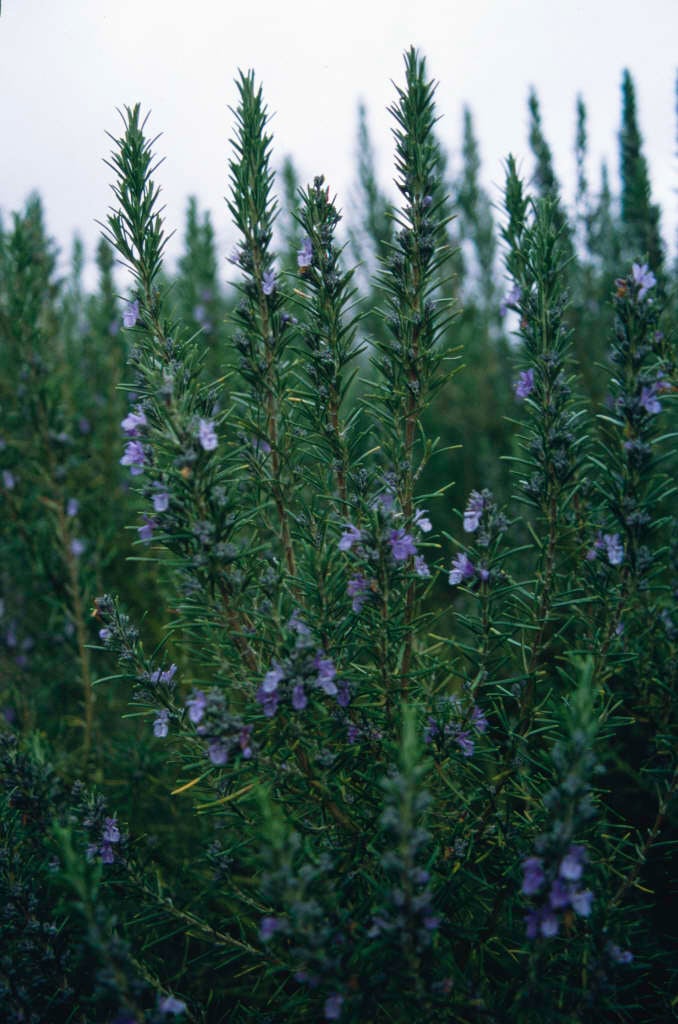Salvia rosmarinus 'Sissinghurst Blue' (Ro)
rosemary 'Sissinghurst Blue'
A bushy upright, evergreen shrub about 80cm tall, with aromatic, linear, dark green leaves and abundant, two-lipped, rich blue flowers in mid-spring and summer

Buy this plant
Size
Ultimate height
1–1.5 metresTime to ultimate height
5–10 yearsUltimate spread
0.5–1 metresGrowing conditions
Moisture
Moist but well–drained, Well–drainedpH
Acid, Alkaline, NeutralColour & scent
| Stem | Flower | Foliage | Fruit | |
| Spring | Blue | Green | ||
|---|---|---|---|---|
| Summer | Blue | Green | ||
| Autumn | Green | |||
| Winter | Green |
Position
- Full sun
Aspect
South–facing or West–facing
Exposure
Sheltered Hardiness
H4Botanical details
- Family
- Lamiaceae
- Native to GB / Ireland
- No
- Foliage
- Evergreen
- Habit
- Bushy
- Potentially harmful
- Skin allergen. Wear gloves and other protective equipment when handling
- Genus
Salvia can be annuals, biennials, herbaceous or evergreen perennials, or shrubs. They have paired, simple or pinnately lobed, often aromatic leaves and 2-lipped flowers in whorls, forming simple or branched spikes or racemes
- Name status
Accepted
- Horticultural Group
- This genus has changed from Rosmarinus to Salvia
How to grow
Cultivation
Grow in poor to moderately fertile, well-drained soil in sun, see rosmary cultivation for further advice
Propagation
Propagate by semi-hardwood cuttings
Suggested planting locations and garden types
- Cottage and informal garden
- Patio and container plants
- Mediterranean climate plants
- City and courtyard gardens
- Coastal
- Gravel garden
- Wildlife gardens
- Low Maintenance
- Flower borders and beds
- Hedging and screens
Pruning
Pruning group 9; trim hedges after flowering
Pests
May be susceptible to rosemary beetle, cuckoo spit, sage leafhopper, tortrix moth and scale insects
Diseases
May be susceptible to honey fungus (rarely), powdery mildews, verticillium wilt and foot and root rots
Get involved
The Royal Horticultural Society is the UK’s leading gardening charity. We aim to enrich everyone’s life through plants, and make the UK a greener and more beautiful place.